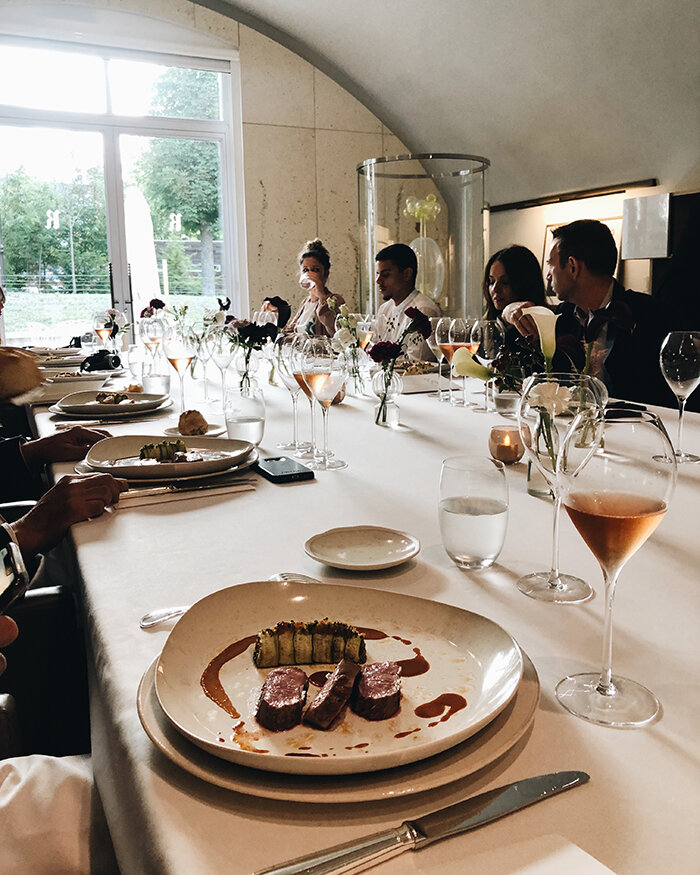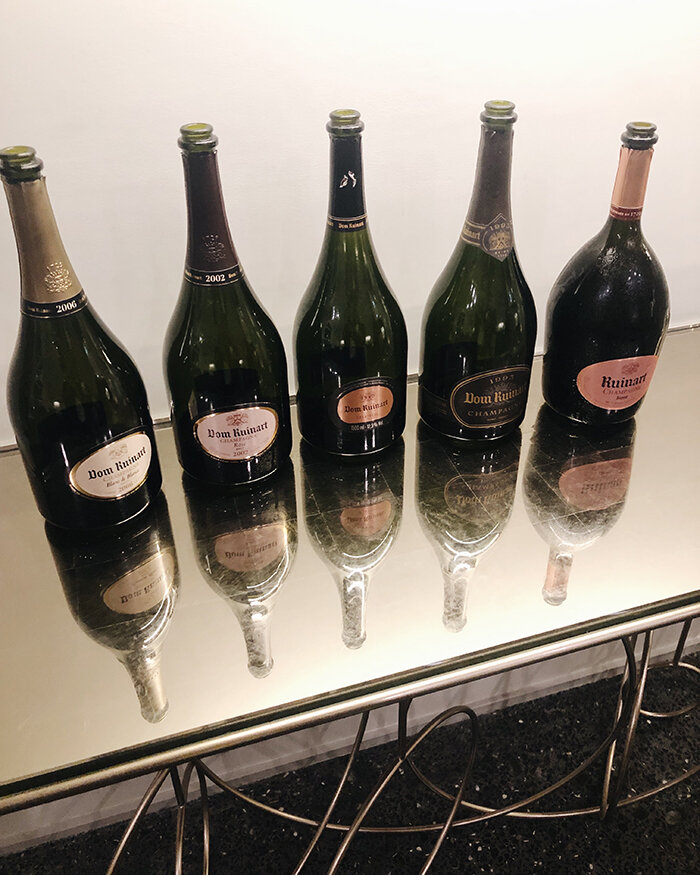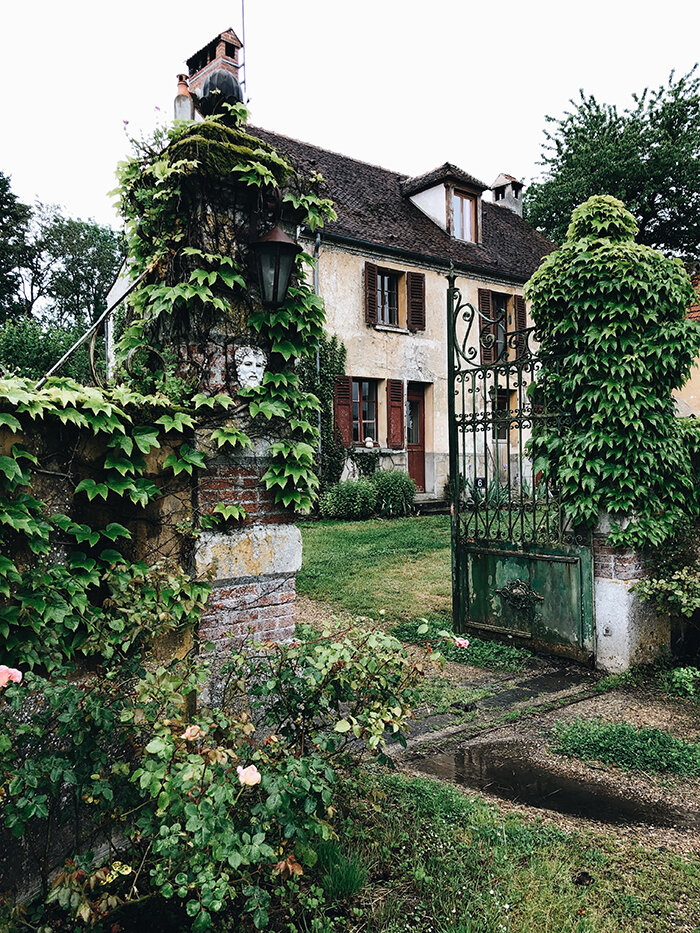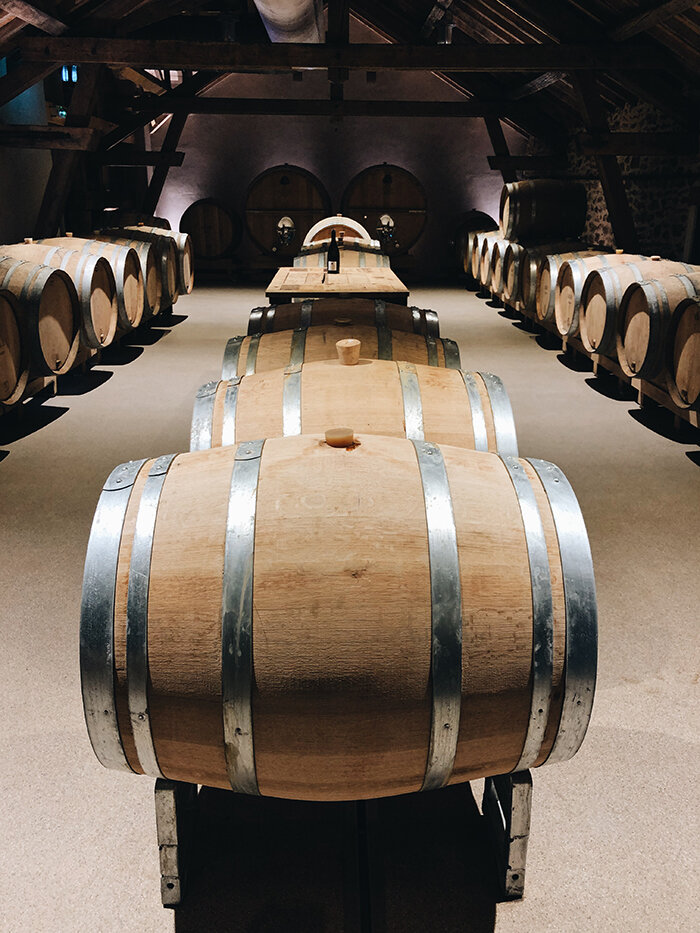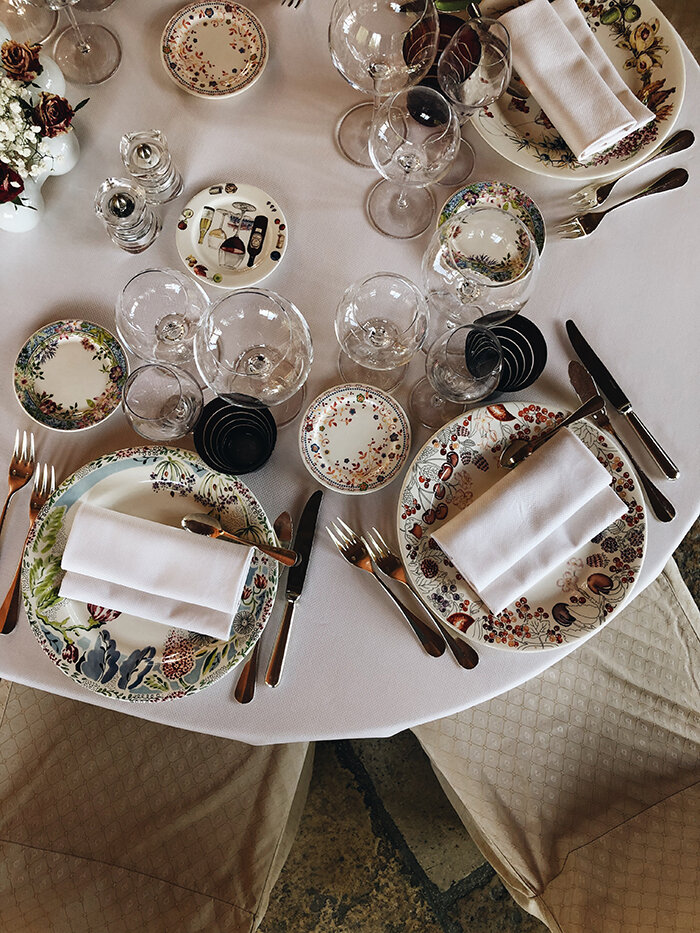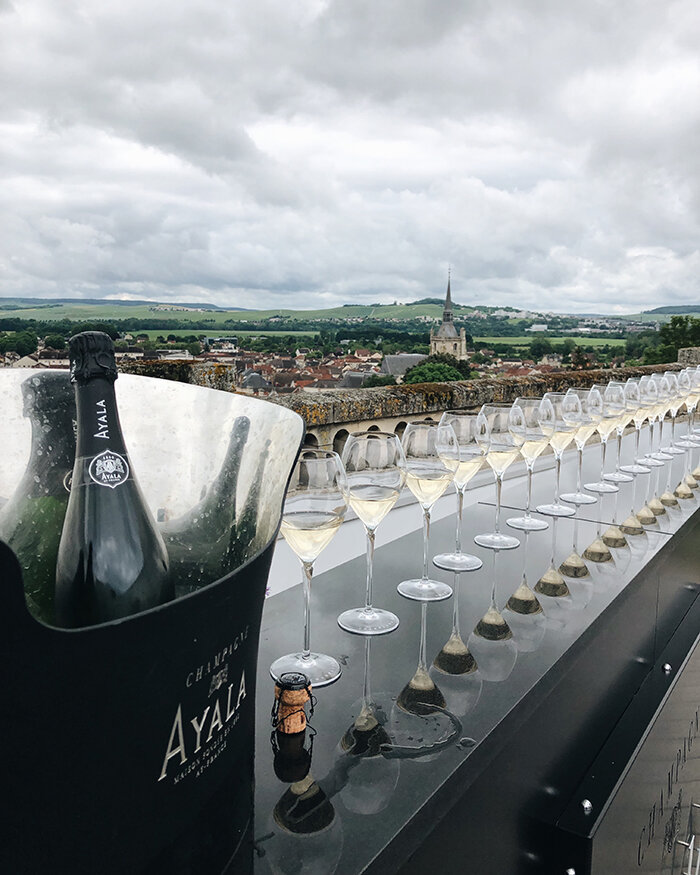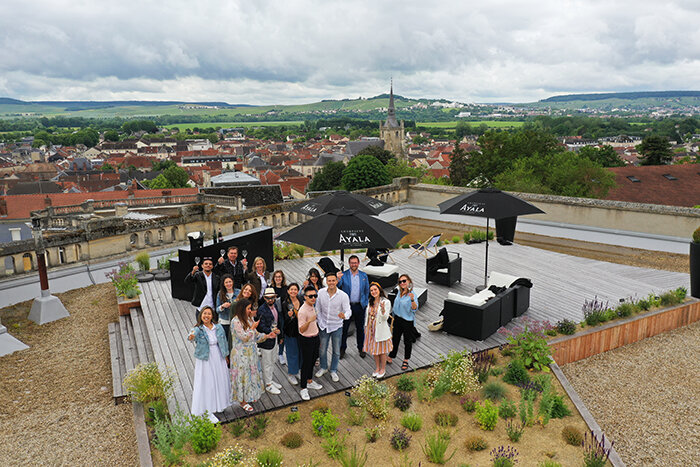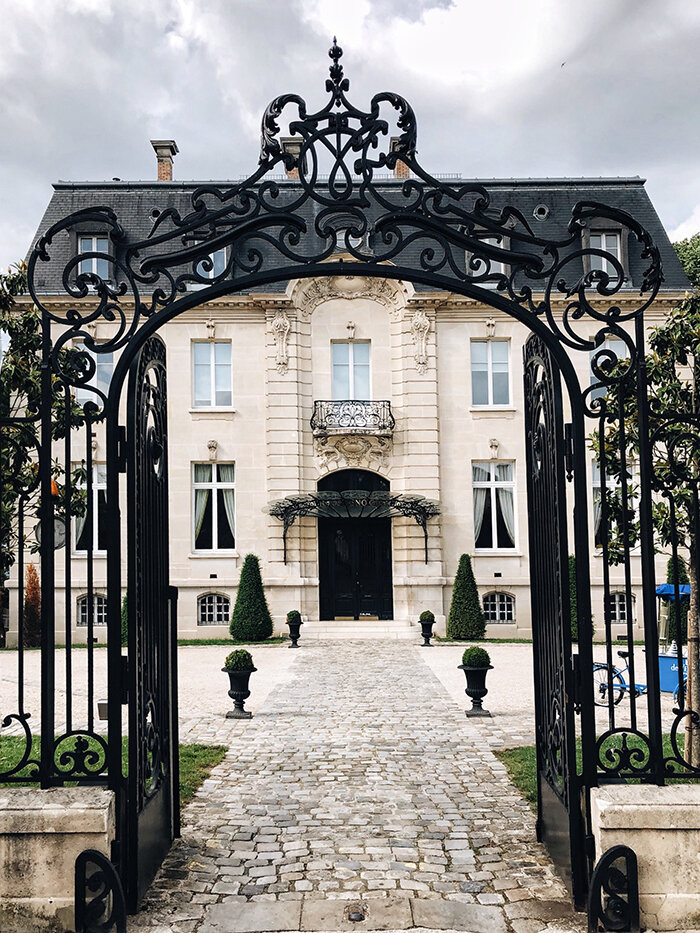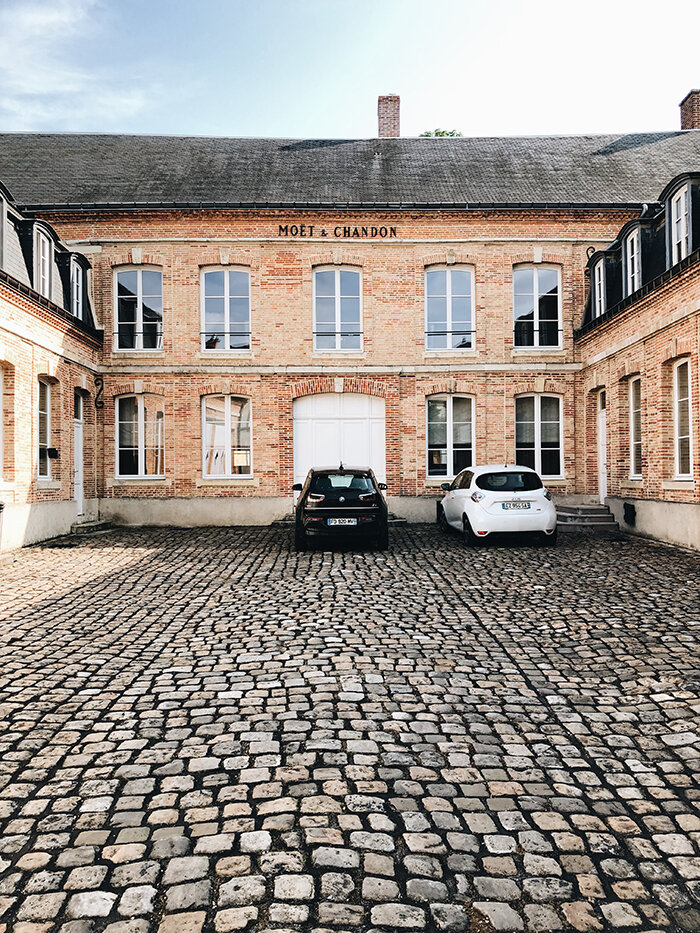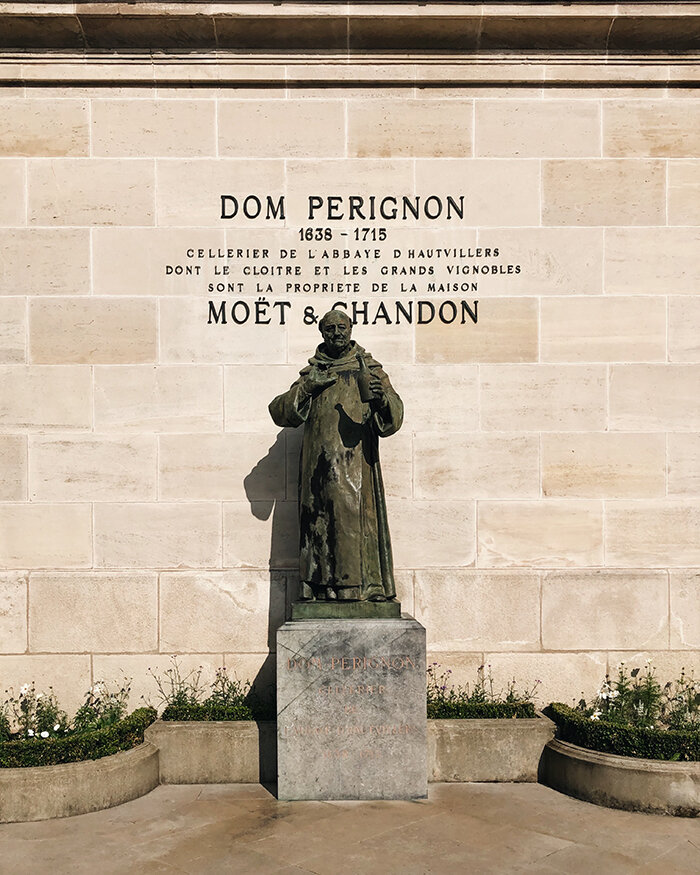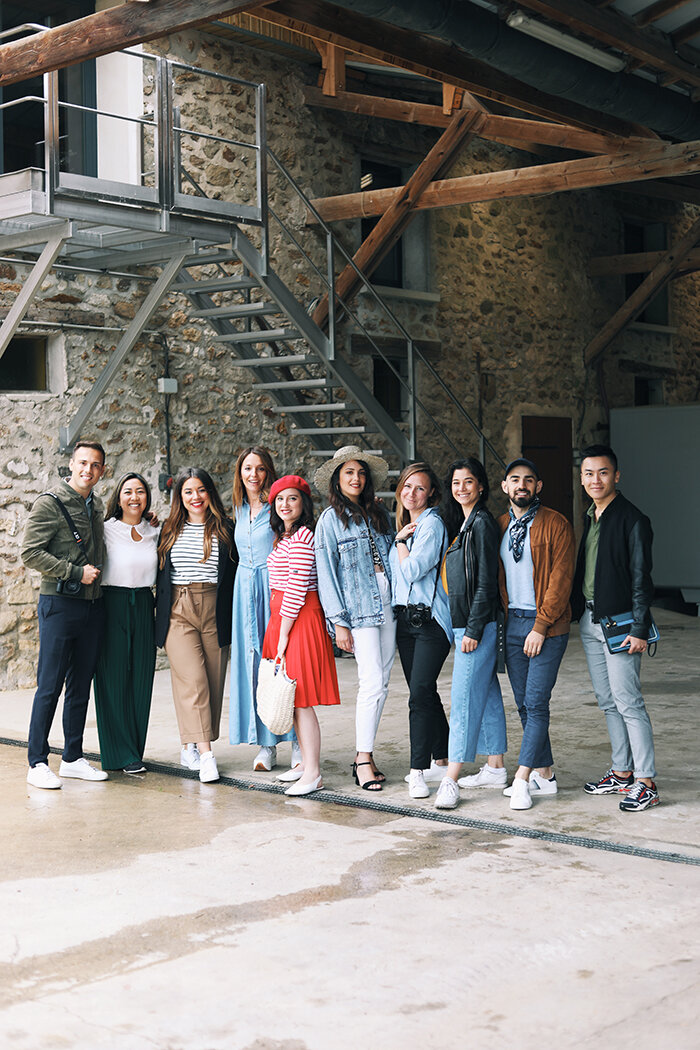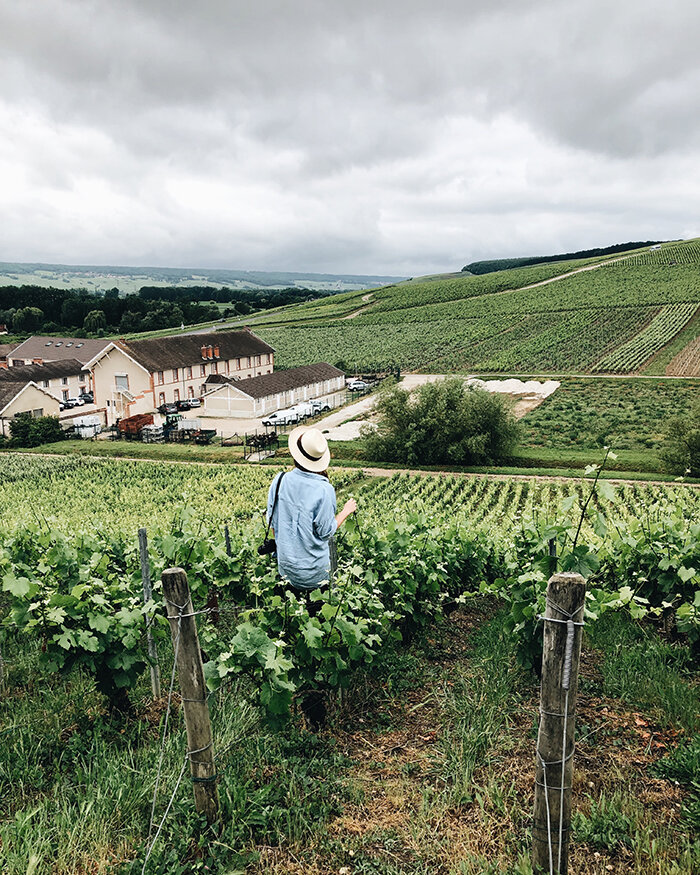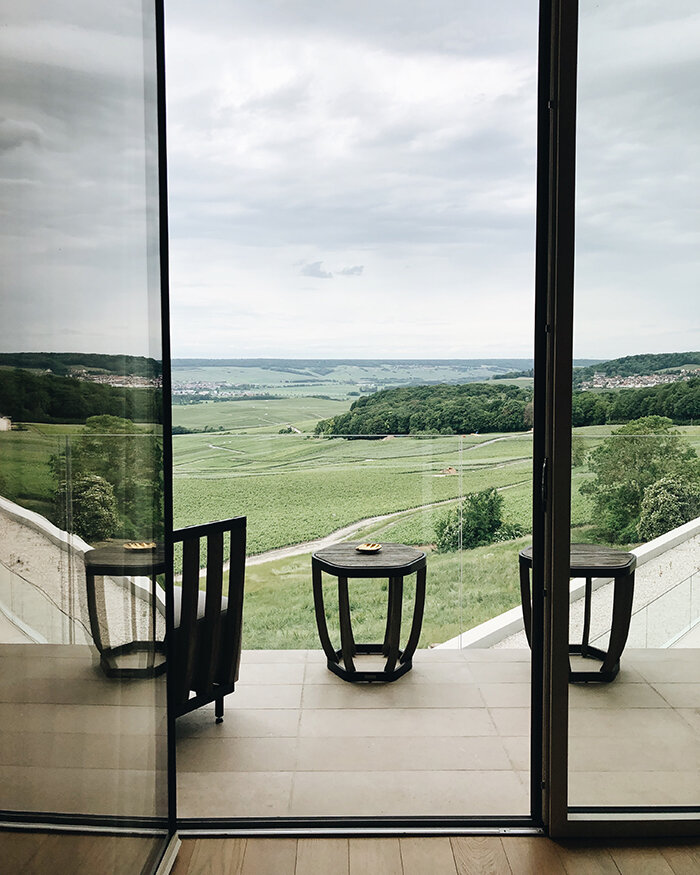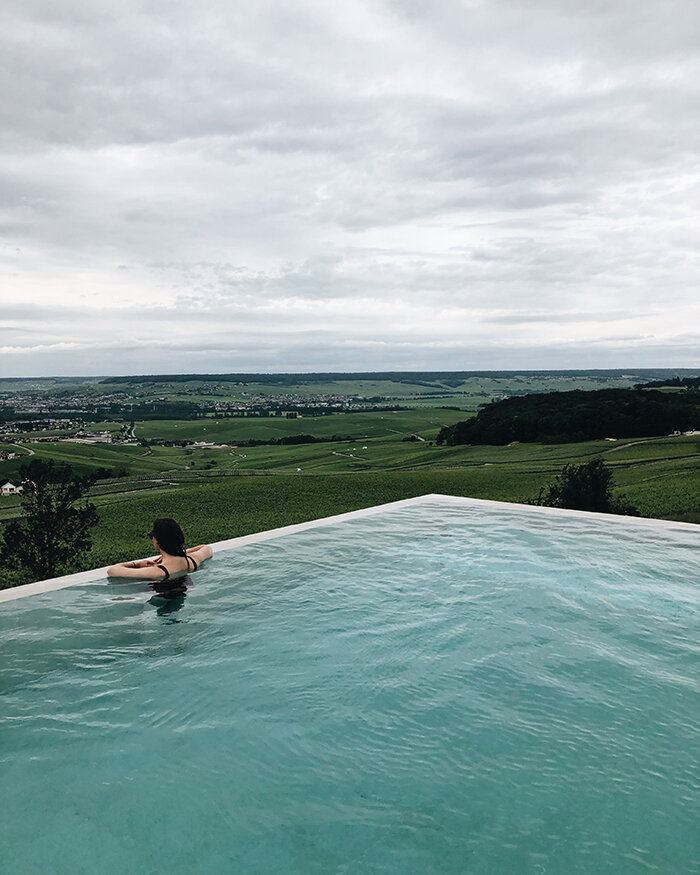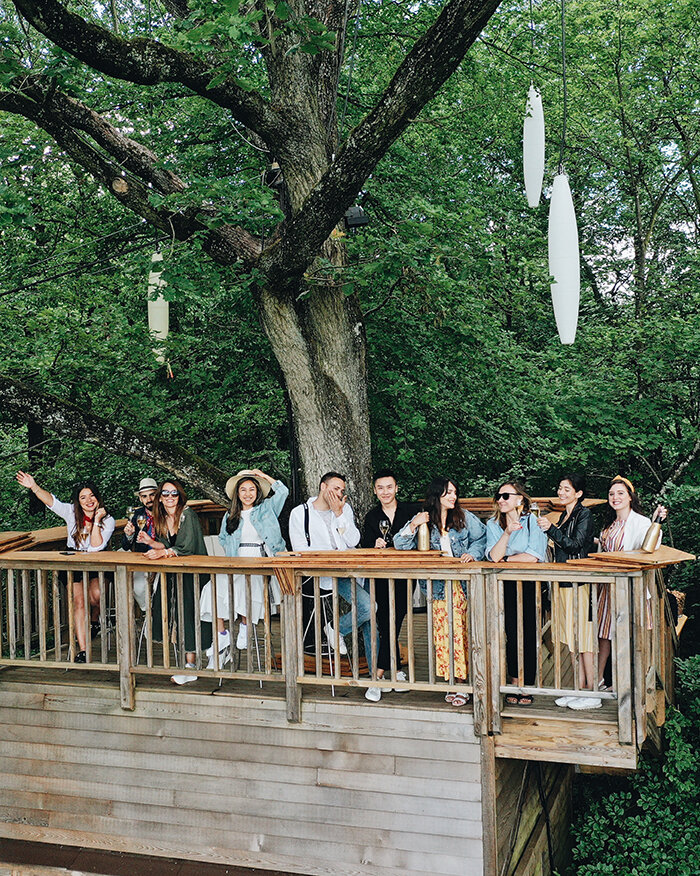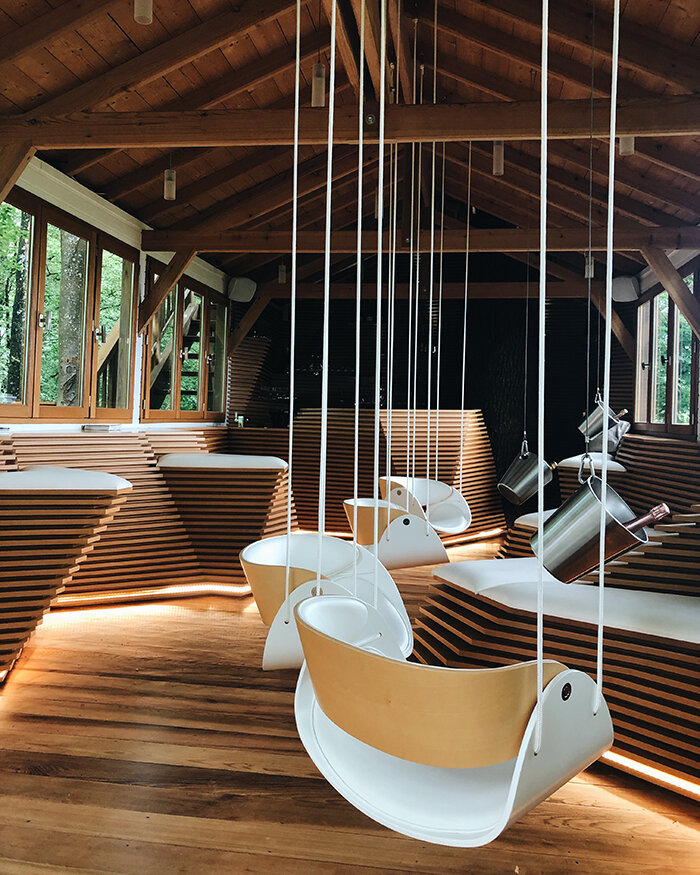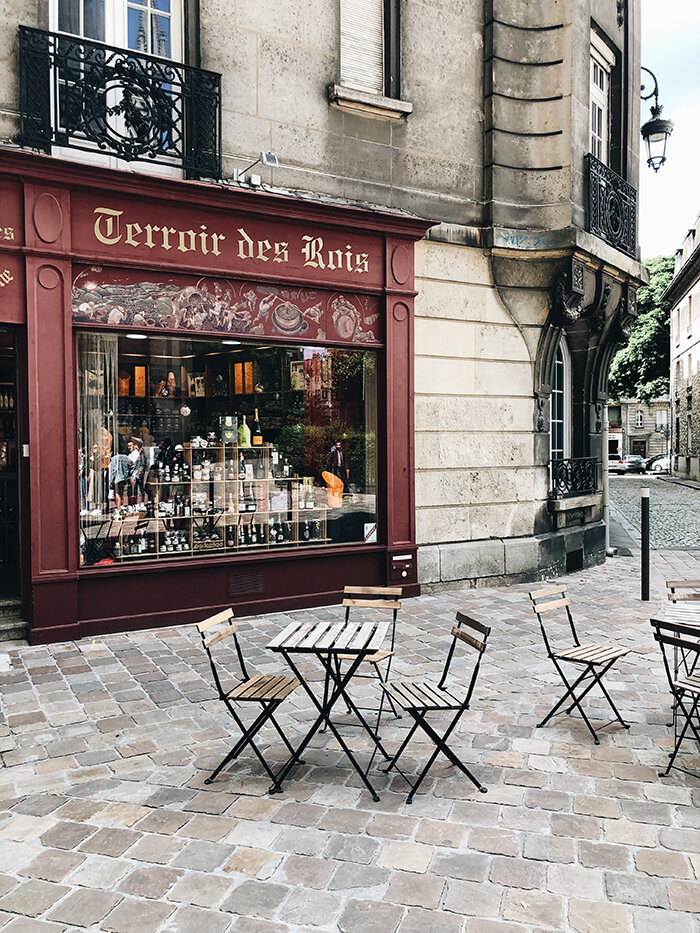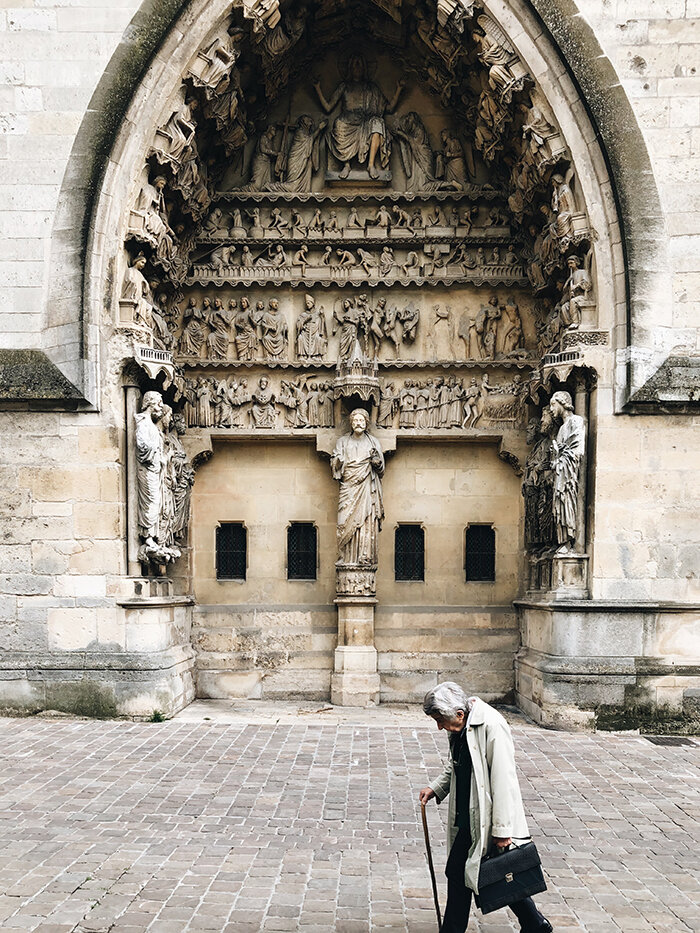Discovering Champagne

Champagne only comes from Champagne, France
In partnership with The Comité Champagne
Champagne only comes from Champagne, France. Many have heard this phrase, but what does it actually mean? Earlier this month I was invited to learn all about the region and it’s most famous produce by The Comité Champagne.
Ruinart House, Épernay
Day 1
It takes about two hours drive from Paris to Champagne region. After checking in the 5* Hostellerie La Briqueterie in Vinay (near Epernay) we set off to the very first known Champagne House - Ruinart. Established in 1729 and inspired by the intuition of a famous monk (do you remember his name?) well ahead of his time. Before our first Champagne paired dinner at the House’s dining room we visited it’s famous cellars. To wander into the chalk quarries that act as Maison Ruinart’s cellars is to discover the beating heart of the Champagne region and its wines, its very soul and its best-kept secrets.
Champagne wine is, first of all, wine. The main difference is the second fermentation that requires much more time and labour hence the price is usually higher. But because this is wine champagne is not only for celebrations, it perfectly pairs with food. With our five course dinner we had these five different magnums of Ruinart chosen by the cellar master and it was an exceptional experience.
Day 2
Second day we started with the visit to a small producer - Champagne Déhu. Benoit Déhu’s family is winegrowers and champagne producers since 1787. He still runs all business by himself and mostly focuses on pinot meunier. Did you know that champagne is only produced from three specific types of grapes grown in the Champagne region following rules that demand, among other things, specific vineyard practices, sourcing of grapes exclusively from designated places within the Champagne region, specific grape-pressing methods and secondary fermentation of the wine in the bottle to cause carbonation.
Day 3
Day three was for one of the most modern House - Ayala. Champagne Ayala is one of the longest-established champagne Houses, it has been based in Aÿ, at the heart of the great champagne vineyards, since it was founded over 150 years ago. After the Second World War the House went through a rather quiet period as its leaders occupied important positions in Champagne trade associations. In 2005 the Bollinger family bought this fine estate, with the intention of restoring it to its former glory. This was the start of a resurgence for the house, with complete restoration of winemaking facilities and the arrival of new staff. The House employs today about 15 people and adopts all the latest inventions.
Day 4
Following day we spent at Épernay, the 'Capital of champagne'. The Avenue de Champagne is the most famous street in Épernay and for a fact ‘the most expensive street in the world’. The avenue features many leading champagne producers headquarters such as Moët et Chandon, Mercier, De Castellane and many many more. But not these beautiful chateaux make this street the most expensive one, but the millions of bottles of champagne stored in the kilometres of chalk cellars beneath it. Certainly a place to visit when in the region. Most of the Houses are open to visitors.
Day 5
Overlooking the vineyards that stripe the hills of France’s Champagne region, the newly-renovated Royal Champagne Hotel & Spa reimagines the wine-country retreat. Luxurious rooms’ (all with magical Champagne views) interiors were inspired by the natural and cultural heritage of the region, favouring natural materials to create a sleek and graphic mis-en-scene. As for the SPA. This was one of the best I’ve ever visited. Nowhere else in the Champagne region you can explore the vineyards, then return to a spa overlooking the vines. Professional therapists await to pamper, replenish, indulge, and restore you to the healthiest version of yourself.
Day 6
After the relaxing day in SPA we were ready to explore again. We’ve started with an afternoon at the Perching Bar. The bar is perched in trees, 7 meters above the ground, in the heart of the Regional Natural Park of the Montagne de Reims and a few minutes away from the 'faux de Verzy'. It is a champagne bar combining unique design, modernity, comfort and conviviality, and offering an exceptional view over the valley and the vineyards of Champagne.
After the champagne tasting at the Perching Bar we arrived at our final destination of the trip - Reims. It is most famous for it’s French monarchical history as the traditional site of the coronation of the kings of France. And that evening we were about to have a dinner in the room where all French kings were celebrating the crown.
Final evening
The Ordre des Coteaux de Champagne is the official fraternity of the major Champagne brands. Its mission is to promote the variety, versatility, taste and other unique characteristics that make Champagne wines synonymous with success and celebration everywhere.
The Ordre des Coteaux organizes Chapters, tastings and other activities, spreading the message of the Comité Champagne worldwide through a network of committed supporters who are drawn from all parts of the world – professional restaurateurs and sommeliers, famous connoisseurs, people in show business, politics and the media. We were honoured to be invited to it’s yearly meeting that was followed by the awards and stunning dinner in the 14th century hall. One of a lifetime experience that I will never forget.


